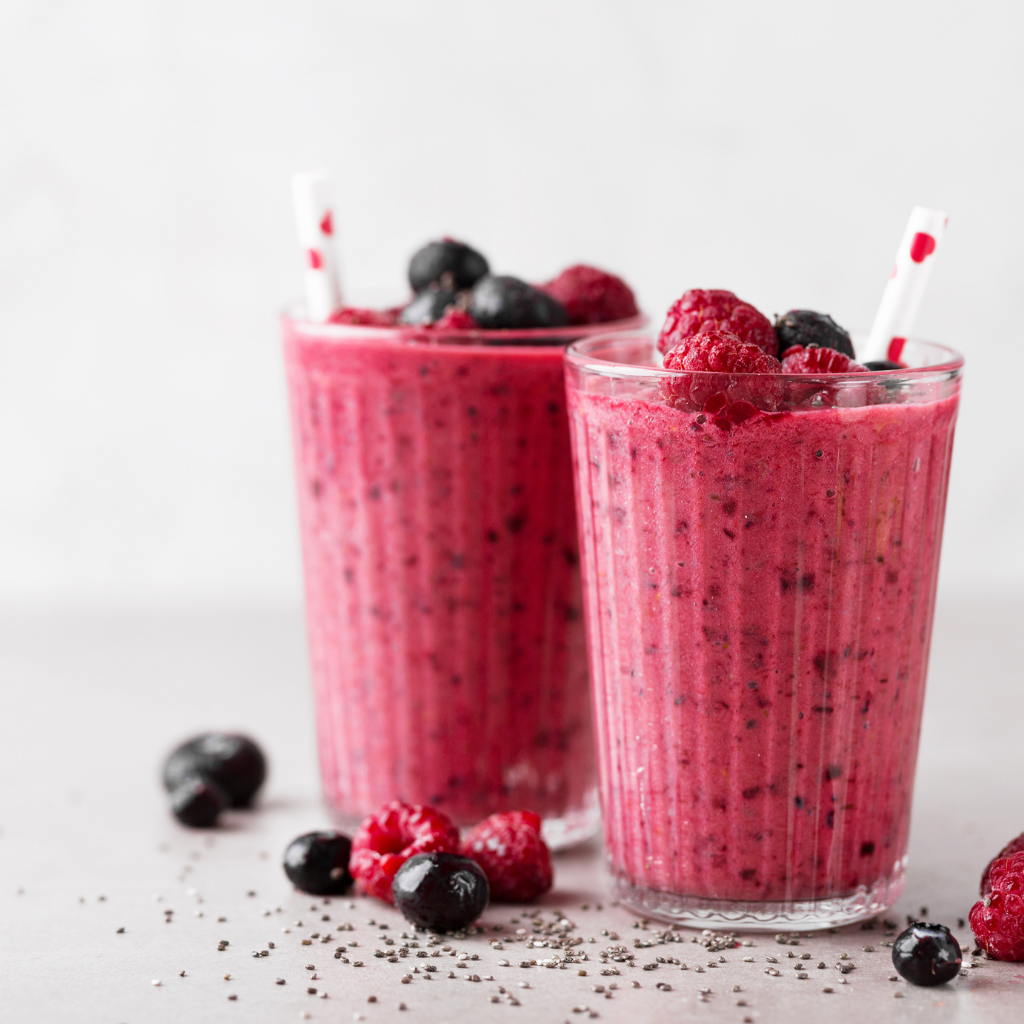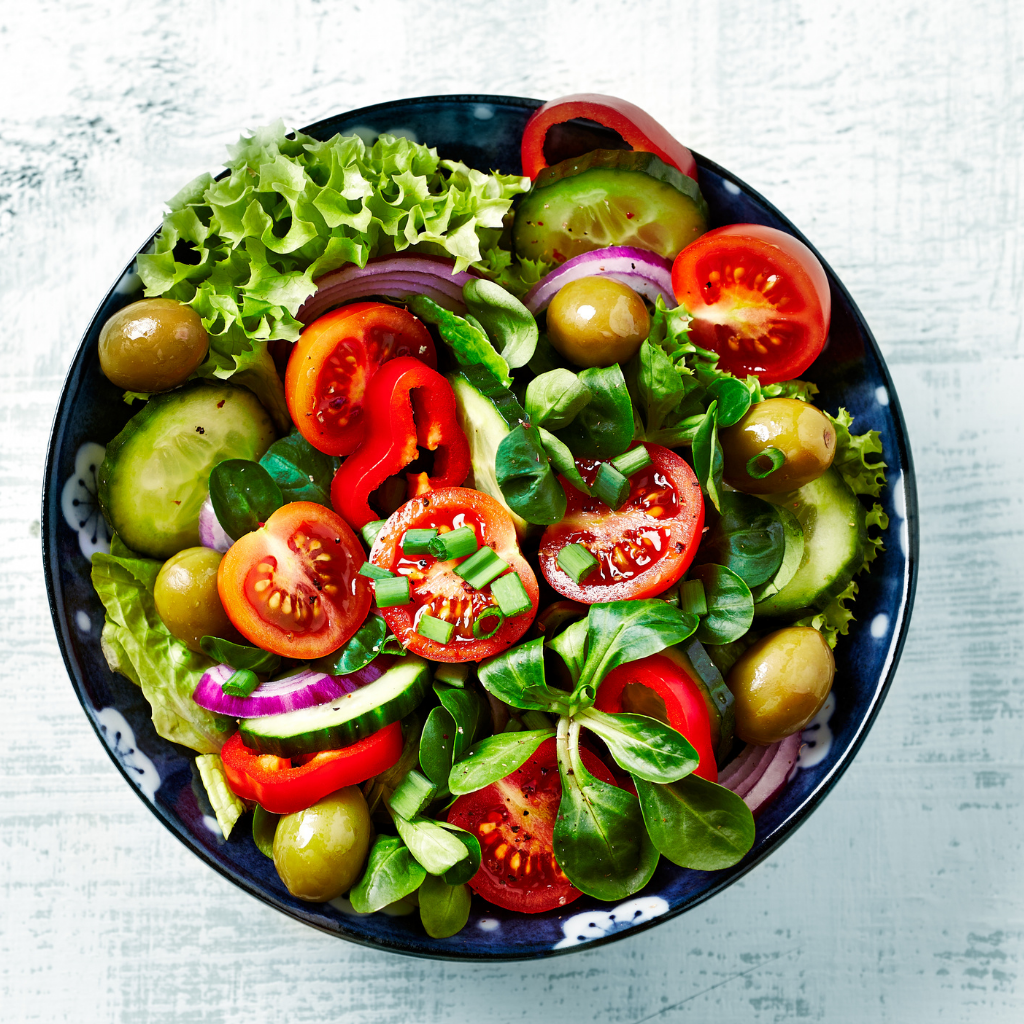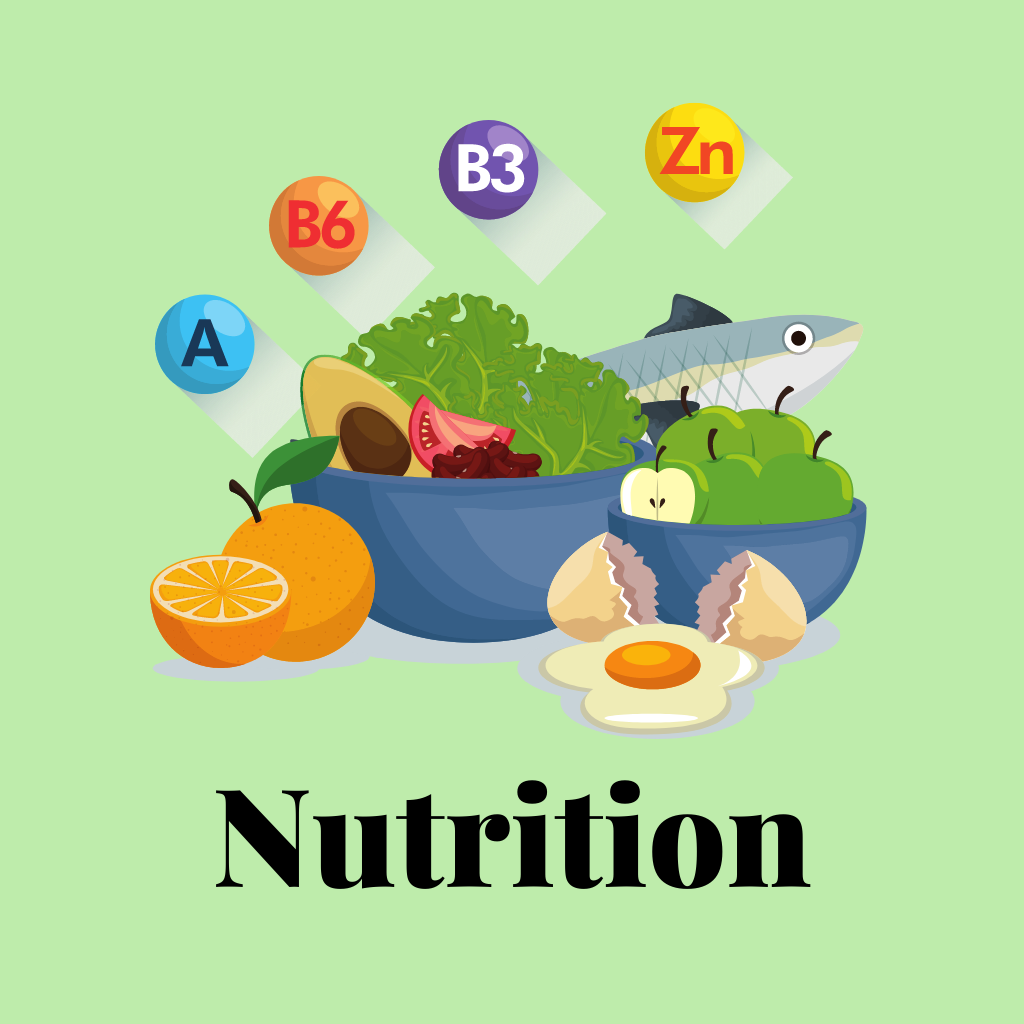Kimchi Recipe
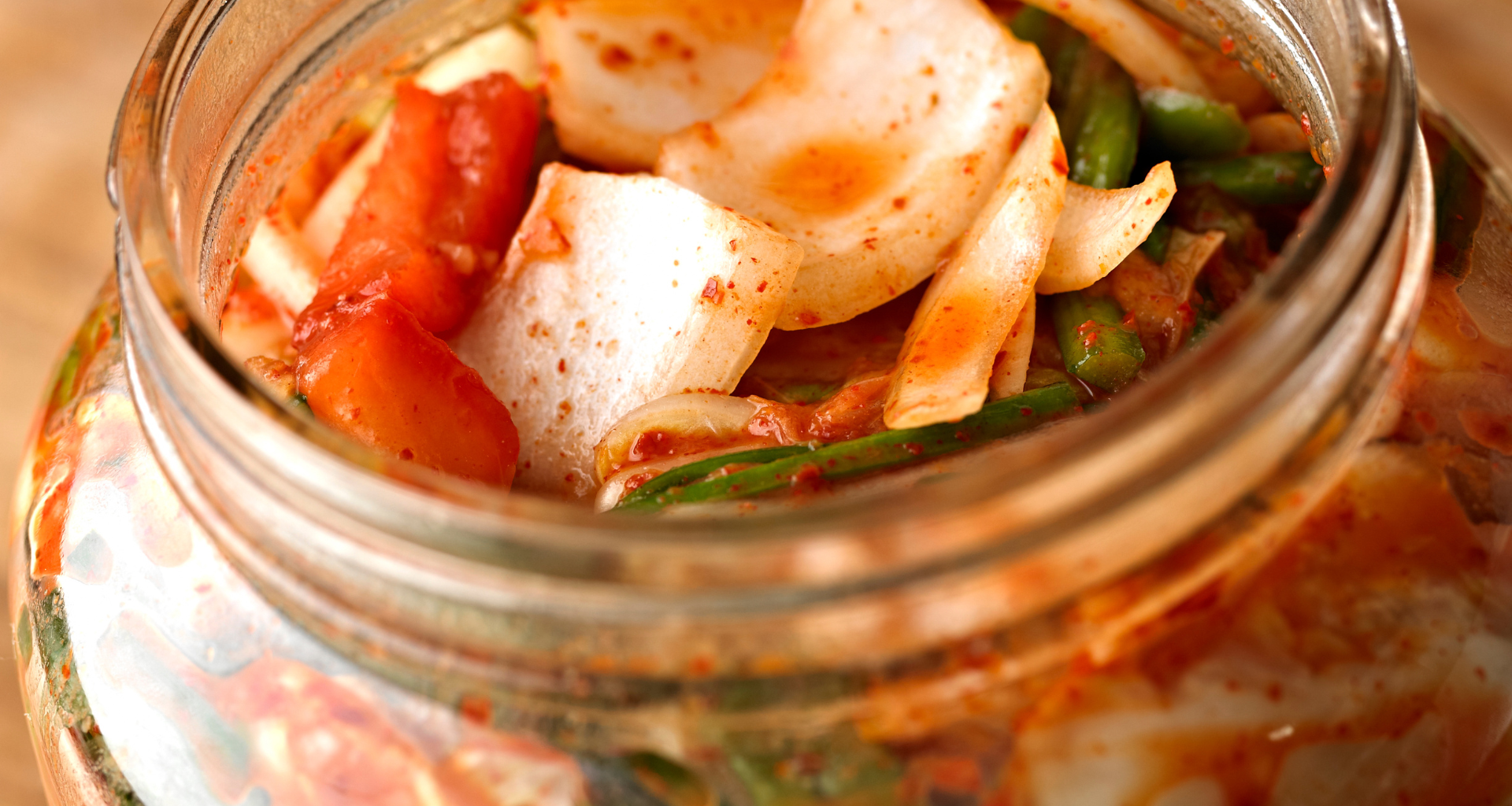
What is Kimchi?
Kimchi is a traditional Korean dish made from fermented vegetables, most commonly napa cabbage and radishes, with a variety of seasonings including chili pepper, garlic, ginger, and fish sauce. This iconic Korean staple has a history that dates back thousands of years and is known for its distinctive spicy and tangy flavor. The fermentation process not only gives kimchi its unique taste but also enhances its nutritional profile, making it a powerhouse of vitamins, minerals, and probiotics.
Kimchi is not just a side dish; it plays a central role in Korean cuisine and culture. It can be enjoyed on its own, used as a topping for rice and noodles, or incorporated into various recipes like soups, stews, and pancakes. The versatility and health benefits of kimchi have contributed to its popularity around the world. Whether you’re new to fermented foods or a seasoned kimchi lover, this vibrant dish adds a burst of flavor and nutrition to any meal.
Health Benefits of Kimchi
Kimchi is not only a flavorful addition to your meals but also a nutritional powerhouse packed with numerous health benefits. Here are some key health benefits of incorporating kimchi into your diet:
Rich in Probiotics
Kimchi is a fermented food, which means it is abundant in beneficial probiotics. These probiotics, particularly Lactobacillus bacteria, promote gut health by maintaining a healthy balance of gut flora. A healthy gut is essential for proper digestion, nutrient absorption, and a robust immune system.
High in Vitamins and Minerals
Kimchi is made from nutrient-dense vegetables like napa cabbage, radishes, and garlic. It is rich in vitamins A, B, and C, which are vital for maintaining good vision, energy production, and immune function. The addition of chili peppers in kimchi also provides a significant amount of vitamin C, enhancing its antioxidant properties.
Supports Digestive Health
The high fiber content in kimchi aids in digestion and helps prevent constipation. Fiber is crucial for maintaining a healthy digestive system by promoting regular bowel movements and preventing digestive disorders.
Boosts Immune System
The probiotics in kimchi play a critical role in boosting the immune system. A healthy gut is linked to a strong immune response, helping the body fight off infections and diseases more effectively. Additionally, the antioxidants in kimchi, derived from ingredients like garlic and ginger, further enhance immune function.
Anti-Inflammatory Properties
Kimchi contains various anti-inflammatory ingredients, such as garlic, ginger, and chili peppers. These ingredients help reduce inflammation in the body, potentially lowering the risk of chronic diseases like heart disease, diabetes, and certain cancers.
Aids in Weight Management
Kimchi is low in calories and high in fiber, making it an excellent food for weight management. The fiber content helps you feel full for longer, reducing overall calorie intake. Additionally, some studies suggest that the probiotics in kimchi can help regulate metabolism and reduce body fat.
Join Our Newsletter!
Join our newsletter for delicious recipes, cooking tips, nutrition insights, and more to enhance your culinary journey!

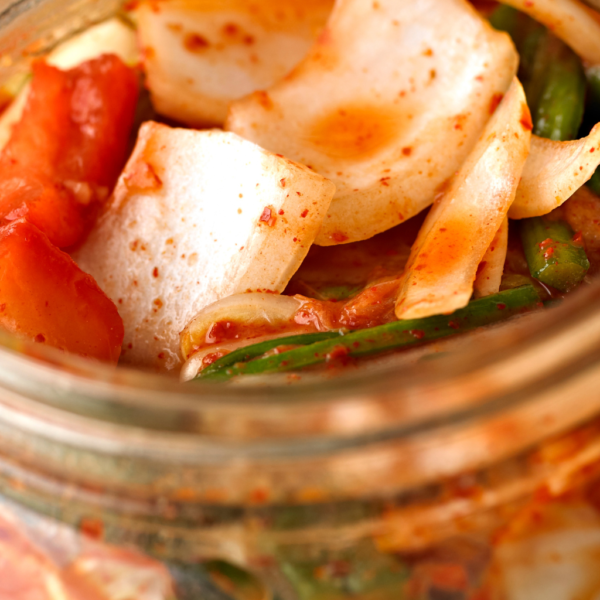
Kimchi Recipe
Equipment
- Large mixing bowl
- Knife
- Cutting board
- Glass jar or fermentation container
Ingredients
- 1 large napa cabbage
- 1/4 cup sea salt
- 1 tablespoon sugar
- 2 tablespoons fish sauce
- 2 tablespoons Korean red chili pepper flakes gochugaru
- 4 cloves garlic minced
- 1 inch ginger minced
- 4 green onions chopped
- 1 medium carrot julienned
- 1 medium radish julienned
Instructions
- Prepare the Cabbage: Cut the napa cabbage into quarters and remove the core. Cut each quarter into bite-sized pieces. Place the cabbage pieces in a large mixing bowl.
- Salt the Cabbage: Sprinkle the sea salt over the cabbage and toss to coat evenly. Let it sit for 2 hours, tossing occasionally. The salt will draw out moisture from the cabbage.
- Rinse and Drain: Rinse the cabbage thoroughly under cold water to remove excess salt. Drain well and set aside.
- Make the Kimchi Paste: In a separate bowl, combine the sugar, fish sauce, Korean red chili pepper flakes, minced garlic, and minced ginger. Mix well to form a paste.
- Combine Vegetables and Paste: Add the chopped green onions, julienned carrot, and julienned radish to the bowl with the drained cabbage. Add the kimchi paste and mix everything together, ensuring the vegetables are evenly coated.
- Pack the Kimchi: Pack the kimchi mixture tightly into a glass jar or fermentation container. Press down firmly to remove air pockets and leave some space at the top for expansion.
- Ferment: Cover the jar loosely with a lid or cloth and let it ferment at room temperature for 3-7 days. Taste the kimchi daily until it reaches your desired level of fermentation. Once fermented, store the kimchi in the refrigerator to slow down the fermentation process.
- Serve: Enjoy your homemade kimchi as a side dish, topping, or ingredient in various recipes.



